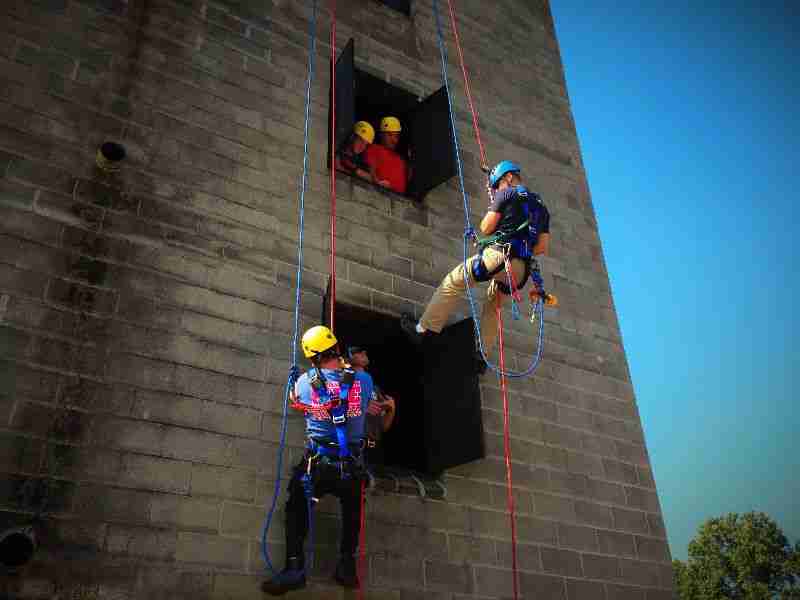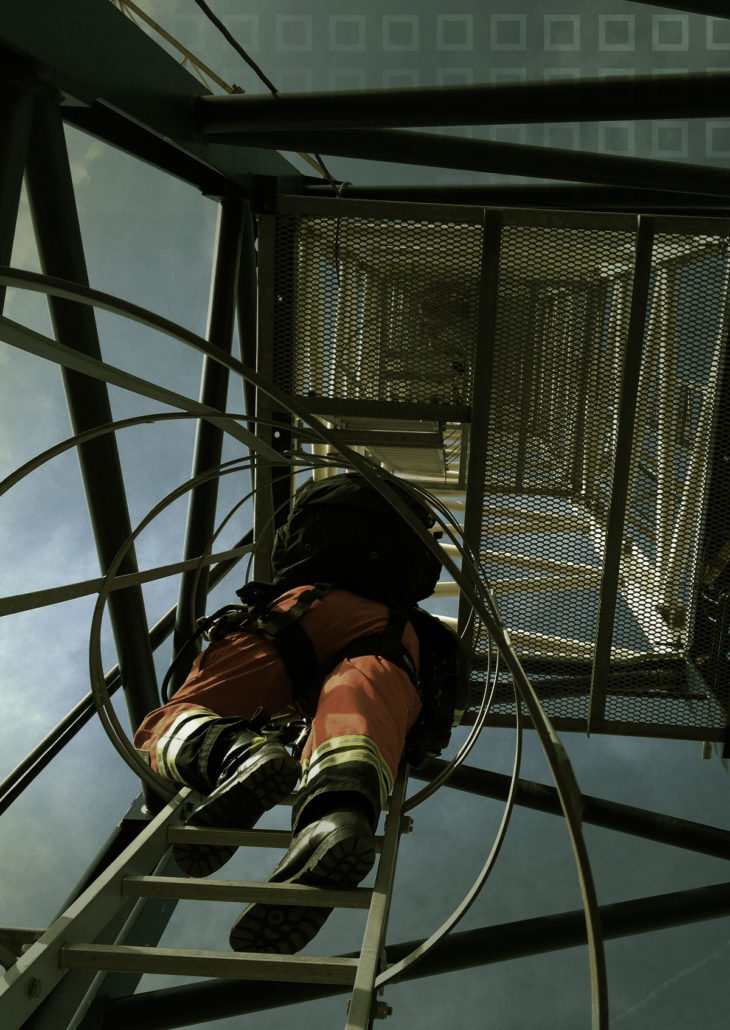


Whether you plan to climb the Tower or stroll along the paved Tower Trail while visiting the park, remember to come prepared with food, water, and proper equipment while recreating.Ĭopyright 2023 KOTA.

Most search and rescue incidents at Devils Tower National Monument involve injuries from heat exposure in the summer or slips, trips, or falls along our trails. It’s not if but when we will be putting these types of skills to use to save a life” says Charlotte Higginson, a Search and Rescue Coordinator and Park Ranger at Devils Tower. Keeping up with a training regimen is vital to keep our skills sharp. “With the 3-5 thousand people climbing the Tower every year, we need to be ready, and this seminar was a big step in the right direction. The team used a guiding line aerial ropeway suspension system to safely and efficiently move an individual from danger. (KOTA) - Devils Tower staff attended a 1-week seminar on high-angle rope rescue systems and how to use technical equipment for practical use, using hundreds of meters of rope and a guiding line aerial ropeway suspension system. Currently only available when purchasing DJI Mavic 3 Enterprise Series.RAPID CITY, S.D. Caution is recommended when flying in hazardous environments.Ĩ. Common sources of electromagnetic interference include high-voltage power lines, high-voltage transmission stations, radar stations, cell phone base stations, broadcast towers, Wi-Fi hotspots, routers, Bluetooth devices, etc.ħ. Please pay attention to flight safety when flying near electromagnetic interference sources. Low ambient light may cause the vision system to not work properly. Do not fly in specular reflective areas such as water or snow to ensure proper operation of the visual positioning system, and fly in a well-lit environment when GNSS signals are weak. Do not take off on moving surfaces (e.g., moving cars, boats). Do not fly in an environment below -10° C (14° F) or above 40° C (104° F). High Angle Rescue Techniques 3rd edition by Vines, Tom, Hudson, Steve (2004) Paperback Paperback 1705 4. Do not fly at altitudes above 6000 meters. DOWNLOAD HIGH ANGLE RESCUE TECHNIQUES 3RD EDITION high angle rescue techniques pdf High / Low Angle Rope Technique View course layout in. Please do not fly in bad weather such as high wind (wind speeds 12m/s and above), snow, rain, lightning, fog, etc. At a GSD of 5 cm, with an 80% front overlap rate, a 60% side overlap rate, and a flight speed of 15 m/s.Ħ. Please pay attention to the DJI Pilot 2 App for return flight tips when actually flying.ĥ. But, they aren’t as extreme as that 60 degree or more high-angle situation. Some cases are too extreme and difficult for low-angle strategies because of the steepness of the slope. As you may have noticed, there is a bit of a gap between the low-angle and high-angle definitions. Measured at 32.4 kph uniform speed at sea level in a windless environment. The final type of incident is the steep angle rescue. Otherwise, the camera sensor may be burned leading to permanent damage.ģ. DO NOT expose the thermal camera lenses to strong sources of energy such as the sun, lava, or a laser beam.


 0 kommentar(er)
0 kommentar(er)
